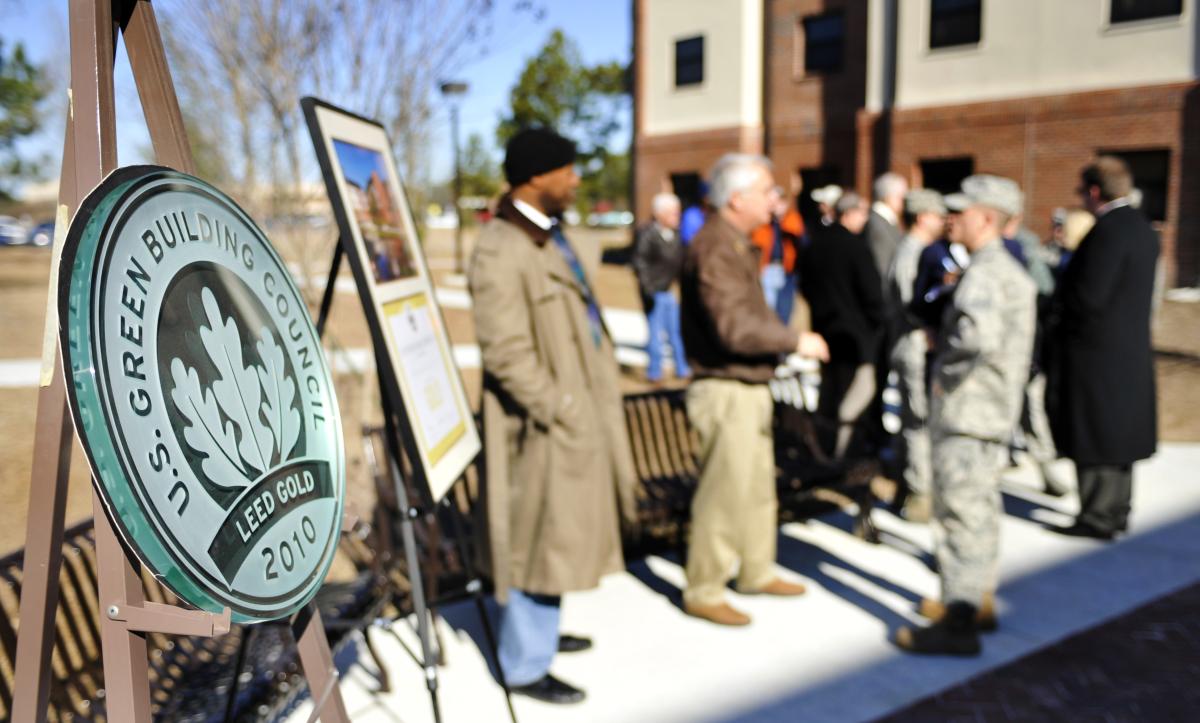Green Building Initiatives Continue Following U.S. Departure from Paris Agreement
by Daniel Rosen

CBRE Blueprint | These Walls Can Talk
Upon its signing in 2015, the Paris Agreement was hailed as a landmark pact that unified 196 nations throughout the world in combatting climate change. The accord in part aims to limit the rise in global average temperature this century to 2 degrees Celsius above pre-industrial levels. It was seen as a decisive step towards fighting what Ban Ki-moon, United Nations secretary-general, called “one of the most crucial problems on earth.”
But in light of the U.S.’s recent decision to withdraw from the Paris Agreement, some are wondering what kind of impact, if any, it will have on businesses and developers who have already pledged to keep their assets carbon-neutral.
The answer, says David Pogue, global director of corporate responsibility at CBRE, is that it will likely do little to “derail the momentum” created by the Paris Agreement, and pre-existing efforts by the U.S. Green Building Council and others, to encourage energy efficiency.
“Most companies and cities have been engaged in their own journeys, encouraged and informed by a number of reasons and stakeholders,” says Pogue. “Those have not changed.”
And with cities like San Francisco and Chicago leading the charge in developing energy-efficient buildings and public facilities—along with the appeal of LEED-certified properties to investors—individual green mandates and efforts will continue to grow unabated.
“Many companies, in concert with Paris, are committing to science-based target reduction targets (SBRT) in their own carbon footprints, including CBRE,” says Pogue.
GREEN BUILDING CONTINUES TO GROWWell before the Paris Agreement’s signing, builders and cities have been adopting green building practices, particularly those endorsed by the U.S. Green Building Council (USGBC). The growth of ENERGY STAR and LEED-certified space in 30 of the largest U.S. office markets has increased steadily over the past 10 years, according to the 2016 National Green Building Adoption Index, a joint report developed in partnership with Maastricht University, CBRE Research and USGBC.
By the end of the fourth quarter of 2015, 12.4 percent of the commercial building stock had an ENERGY STAR label, LEED certification or both, per the report. Both programs are geared towards helping businesses, landlords and individuals reduce their energy use and minimize waste, among other things, by employing energy-efficient technology and features.
The ENERGY STAR program expanded slightly in 2016, with 9.6 percent of all commercial office buildings in the largest markets now certified, per the Green Building Adoption Index.
Companies and governments that abide by their own green initiatives are starting to generate positive action in business and governance.
“Much of the actual work on sustainable activities was already being done in cities and we see the momentum actually increasing on regulatory requirements to measure and disclose energy use,” says Pogue.
While the U.S. has withdrawn from the Paris Agreement, Pogue believes that longstanding cooperation and policies set out at the city level have been successful in encouraging business owners and builders to pursue green practices.
“If you look at Chicago, this year’s leading city in our Green Building Adoption Index, and San Francisco, last year’s winner, you will notice that both have a long history of strong community support, governmental leadership, corporate demand and investor actions,” says Pogue.
The state of California, the sixth largest economy in the world, is continuing to push new mandates that require utilities to use renewable energy. California Governor Jerry Brown teamed up with the governors of Washington and New York to form a new coalition that brings U.S. states committed to upholding the Paris Agreement together and takes “aggressive action against climate change.” Actions like this will ultimately help, not hurt, the real estate market.
“California is demonstrating that good behavior and good economic performance are not mutually exclusive,” says Pogue. “Strict building and energy codes, strong support for EVs and a robust cap and trade protocol, among other actions, are all in place and working.”

